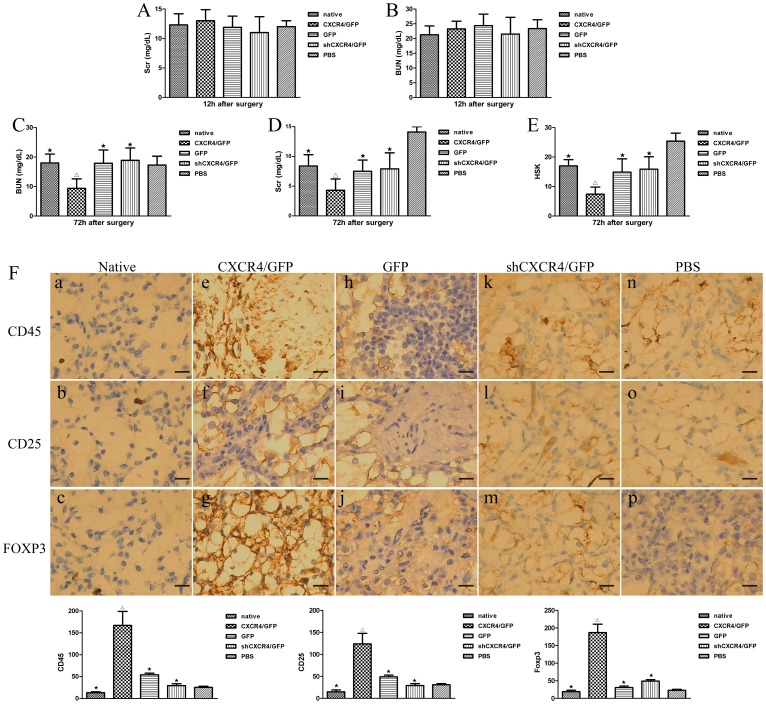Figure 7. Transplantation of MSCs was renoprotective.
The effects of the SDF-1-CXCR4 pathway on the therapeutic efficacy of MSCs for the treatment of injury in transplanted kidneys was evaluated by measuring serum urea, serum creatinine, pathology scores, and immunohistochemisty staining. BUN and Scr levels were measured in recipients that received MSCs or PBS 12 h and 72 h after the surgery. There were no difference between each group 12 h after the surgery (A and B), but there were significant diversity 72 h after the surgery (C and D). ★P<0.05 vs. MSCsCXCR4/GFP; ▵P<0.05 vs. PBS. (E) HSK in transplanted kidneys that received different MSCs or PBS were calculated 72 h after the surgery (n = 8 per group). ★P<0.05 vs.MSCsCXCR4 /GFP ; ▵P<0.05 vs. PBS. (F) Expression of CD25, FOXP3, or CD45 in the renal interstitium of native renal tissues or at different MSCs-treated groups after renal transplantation by immunohistochemistry. a, b, c: Paraffin-embedded sections of normal renal tissues showing weaker expression of CD25, or FOXP3, or CD45 [diaminobenzidine (DAB), original magnification 200×]. P<0.05 vs. transplanted kidney. d∼p: Paraffin-embedded sections of transplanted kidney exhibiting positive expression of CD25, or FOXP3, or CD45 in the renal interstitium (DAB, original magnification 200×). The expression of CD45,CD25 and FOXP3 were hyper in MSCsCXCR4 /GFP-treated group.★ P<0.05 vs. MSCsCXCR4 /GFP-treated group. ▵P<0.05 vs. PBS-treated group. Scale bars represent 50 µm.

